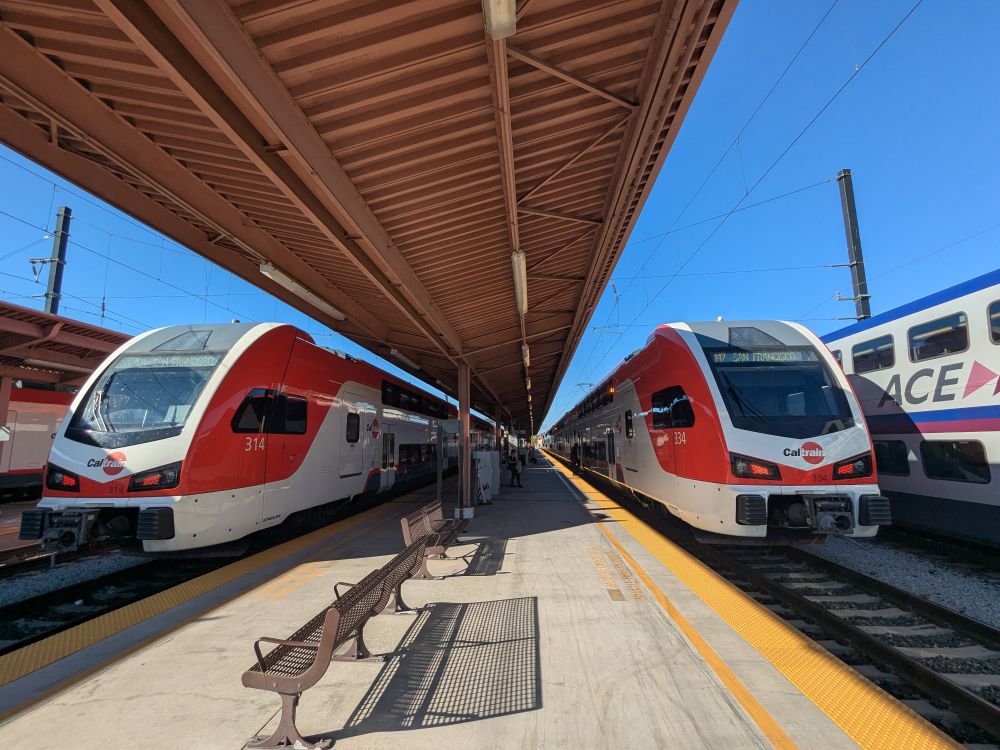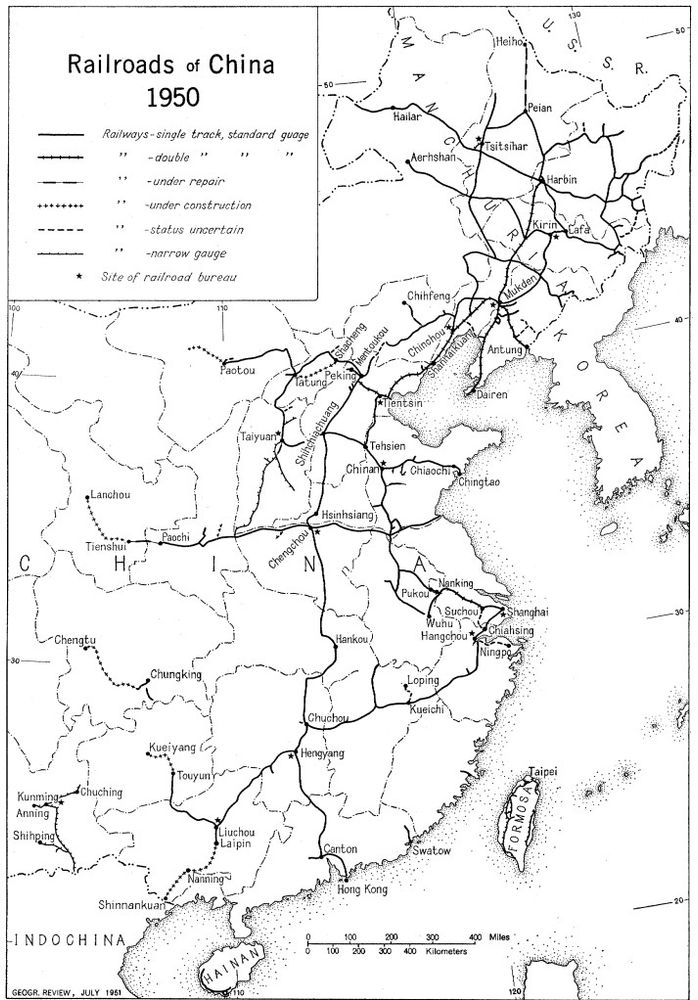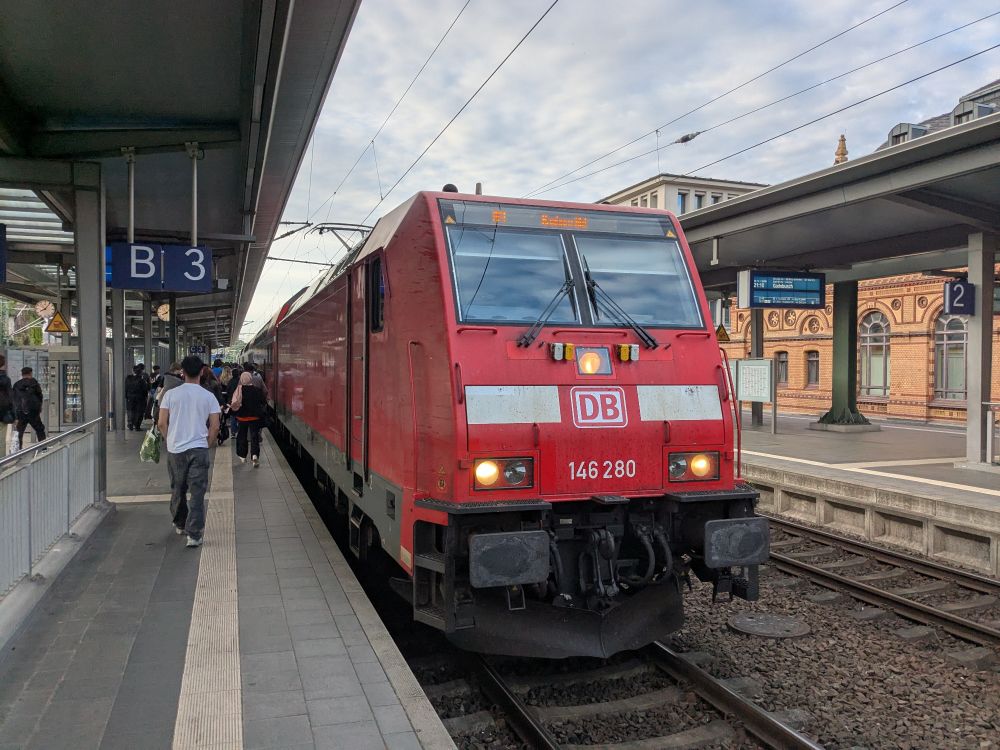https://transit-timelines.github.io/
mastodon.social/@lexande
twitter.com/threestationsq




N: 71.171°N Nordkapp, 1989; as an adult 69.715°N Nordpissen, Tromsø, 2025
E: Likely 176.378°E near Waimangu on a Wellington-Auckland bus, 2013
S: 65.065°S Port Charcot, 2020
W: 159.782°W or so in Kauai, 1988; as an adult 150.022°W Point Woronzof, Anchorage, 2013
N: W. 4th Ave, Anchorage
E: Probably in the Danube Delta (god forsaken place, stay away!), or if not then the Asian side of Istanbul
S: Coyoacán, Mexico City
W: Somewhere on the North Shore of Oahu probably
N: classified
E I guess International date line or Shanghai
S somewhere south of Capetiwh
W Wake Island
N: 71.171°N Nordkapp, 1989; as an adult 69.715°N Nordpissen, Tromsø, 2025
E: Likely 176.378°E near Waimangu on a Wellington-Auckland bus, 2013
S: 65.065°S Port Charcot, 2020
W: 159.782°W or so in Kauai, 1988; as an adult 150.022°W Point Woronzof, Anchorage, 2013













Vehicles: 32 trains, 1 ferry, 1 rail-replacement bus
Distance: 2755km by train, 7km foot, 8km ferry, 100km bus In-vehicle time: ~40hr train, 20min ferry, 2hr bus
Map: google.com/maps/d/edit?...
Thread starts: staging.bsky.app/profile/lexa...


Vehicles: 32 trains, 1 ferry, 1 rail-replacement bus
Distance: 2755km by train, 7km foot, 8km ferry, 100km bus In-vehicle time: ~40hr train, 20min ferry, 2hr bus
Map: google.com/maps/d/edit?...
Thread starts: staging.bsky.app/profile/lexa...





